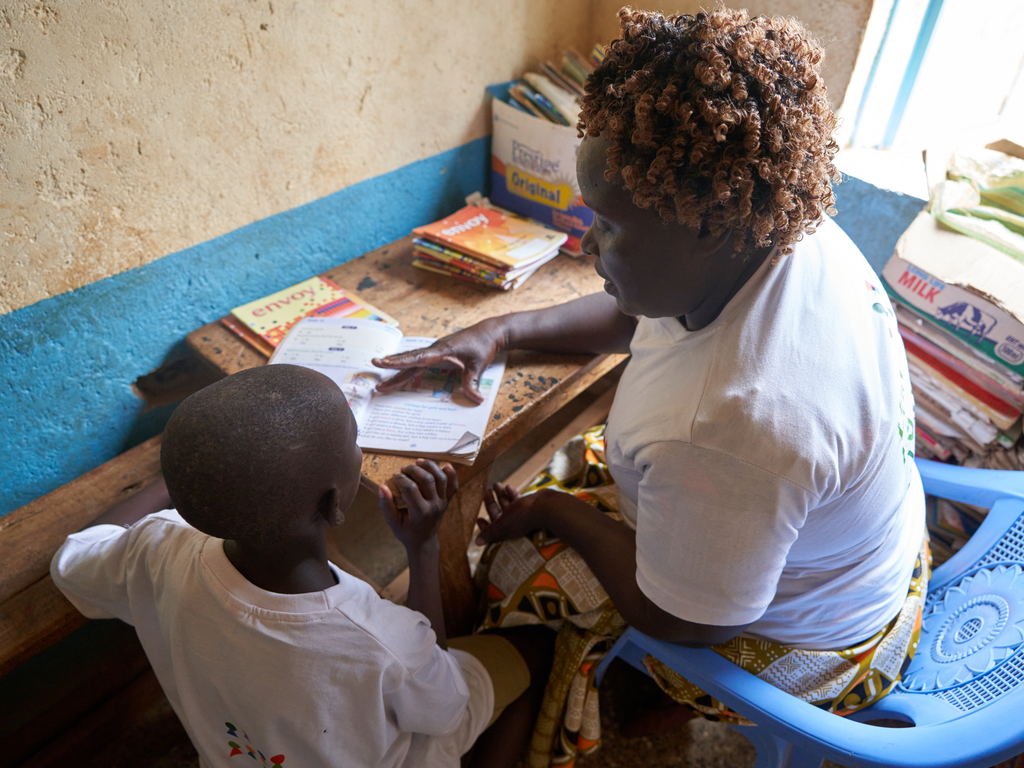
#TeacherTuesday highlights the work of educators around the world
Teachers and learning
Teacher Esnart from Malawi at the Global Monitoring Report launch
Ten teachers. Ten countries. Ten sets of challenges.
#TeacherTuesday starts on February 25 and will run for 10 Tuesdays – sharing the stories, motivations and challenges facing educators across the globe.
It is a social media campaign which follows on from UNESCO’s Education For All Global Monitoring Report 2013/14, which analysed the hurdles teachers have to overcome to provide quality education to their students.
The first featured teacher is Esnart Chapomba from Malawi, who answered questions in a Twitter session. You can read the questions and her answers here.
She has been teaching for 21 years – in primary and secondary school and at teacher training college.
Esnart gave a speech at the launch of the GMR, in which she explained that the primary school sector in Malawi is facing a learning crisis, which most affects the disadvantaged.
She told the gathering in Addis Ababa, Ethiopia: “Teachers are few and far between. Class sizes are enormous and … I think that you will all agree that this has to change.”
She said she had seen children crammed into classrooms with more than 200 students and only one teacher. Esnart revealed she had taught a class of 230 children under a tree because there was no classroom.
Esnart added: “Even more shocking is the fact that some rural schools have less than four teachers in a school of about 1000 children.
#TeacherTuesday will feature teachers from as far apart as Honduras and Bangladesh, Australia and Kenya. You can learn more about it here.
Esnart also gave an interview for #TeacherTuesday which touched on her love of teaching and why she entered the profession.
She said: “I became a teacher because I had a teacher that was so good. She loved everyone in class. She wanted to see us succeed in our lessons. She would let us stay longer to get assistance from her.
“And when I went into a classroom and I saw the children being able to read English and write English, I saw that I could change someone and that’s the motivation I got.
“Teachers had a good status. I wanted to become a nurse but after seeing my sister teach I wanted to become a teacher. My father said I would be a good teacher so they contributed to helping me achieve my goals.”
However, she admitted: “It was a good profession but nowadays with the houses where teachers are, rural areas, it makes it less desirable.”
She added: “The government needs to do more to improve teacher salaries, conditions, building teacher housing, giving electricity, better facilities closer to rural areas.”
Esnart also told how many children leave third grade without basic skills
She explained: “Some could read and write at the end – maybe 50% of them. And because they can’t repeat, they’d go onto the fourth grade without being able to read and write. These children would not learn anything. There are strong dropout rates when they don’t learn in school.”
The GMR showed that in Malawi the pace of progress towards universal primary education, lower secondary education and youth literacy is too slow, particularly for the disadvantaged.
Fewer than 5% of rural poor girls were completing lower secondary school in Malawi in 2010. The richest boys are expected to all be completing primary education in 2018 but the poorest girls will not catch up for another half a century – until 2073.
The UNESCO graphic below shows the scale of teacher shortages in Africa. You can sign up for UNESCO’s Unite For Quality Education campaign.
More news

